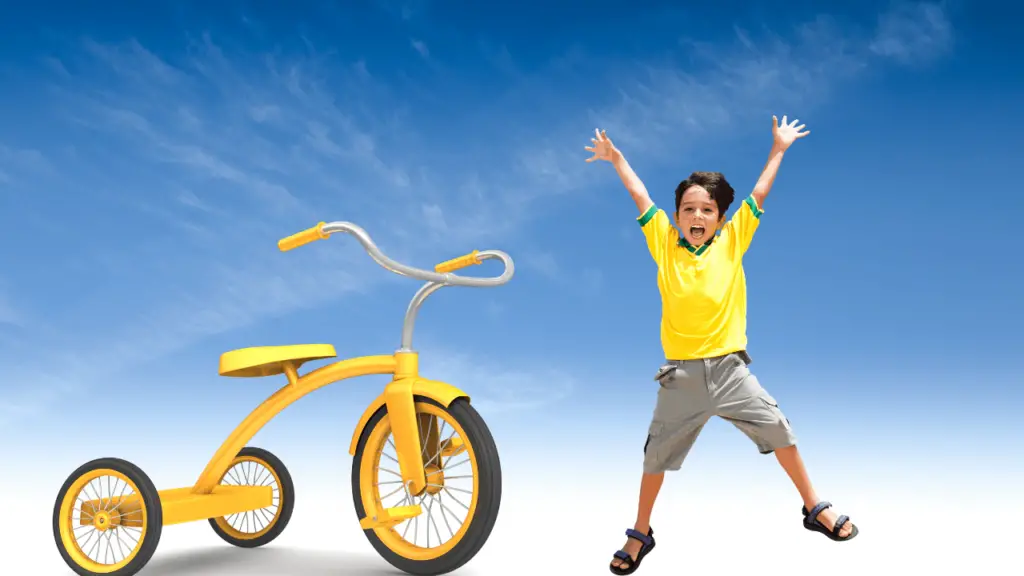A 3-point harness is a vital component of proper car seat safety, designed to keep kids from bouncing or sliding out of their seats. In this guide, we’ll explain what makes a 3-point harness unique and why it’s an essential part of any car seat safety plan.
A 3-point harness is a type of restraint system that consists of a lap belt and shoulder straps. These straps come together to form a Y shape, which is why the system is commonly referred to as a “three-point harness”. The design works to limit movement in children so that they stay securely restrained in their seats when the car is in motion.
The 3-point harness is considered one of the safest restraint systems available for young children, as it helps ensure that their hips, shoulders, and head are all supported. It is recommended that children remain in a 3-point harness until they reach the maximum weight and height limits (determined by the car seat manufacturer) for the type of restraint being used. After this point, children can graduate to a booster seat with a lap-and-shoulder belt to continue having the most secure position possible in a vehicle. According to the law car seat safety is a must for kids under 12 years old.
What are the Benefits of Using a 3-Point Harness?
Using a 3-point harness is one of the most effective ways to keep your children safely restrained while in a car. Not only does it keep them safely in their seats, but it also reduces the risk of serious injury due to its design, which distributes stress across the body and shoulders. Additionally, this type of restraint system offers adjustability, which helps provide a snug and secure fit as your child grows.
3-point harnesses offer a number of advantages over traditional 5-point harnesses that make them worth considering. The biggest is that the 3-point systems are designed to help minimize the risk of serious injury in the event of an accident by dispersing crash force evenly across your child’s body and shoulders. Additionally, these systems use lap and shoulder straps, making it easier for you to secure your child quickly and properly. Plus, 3-point harnesses easily adjust to ensure a snug fit as your child grows, making them a great investment that you won’t have to replace soon.

How to Properly Install and Secure Your Child in a Car Seat with a 3-Point Harness
Installing and securing your child properly in a car seat with a 3-point harness is key to keeping them safe while driving. First, you’ll need to adjust the head restraint and shoulder straps to fit their height, positioning the shoulder straps slightly behind their shoulders for optimal comfort. Then, attach the shoulder strap between their legs by threading it through the slots on either side of the buckle. Finally, adjust the straps until they’re snug enough that only two fingers can fit between your child and the straps.
To make sure your child is adequately secured in their car seat, you’ll want to check the straps and head restraints periodically. The straps should never be twisted, and the head restraint should be adjusted as your child grows taller. Additionally, look for any signs of wear and tear on the straps themselves. If there are any visible fraying or damaged pieces, discontinue use immediately and purchase a new car seat with a 3-point harness. With regular maintenance, you can ensure that your 3-point harness is keeping your child safe during every ride.

Tips for Ensuring Maximum Safety Using a 3-Point Harness
To ensure the best safety for your child, always check that their 3-point harness is snug before each ride. It should fit close to their body so it can keep them securely in place during an accident or sudden stop. Additionally, make sure the shoulder straps are adjusted to a comfortable height and not positioned over your child’s neck or head; if adjusting at chest level feels too tight, you may want to move the shoulder straps lower on the torso for more comfort. Lastly, evaluate the buckles and straps frequently for signs of wear and tear, as small tears and cracks in these areas can reduce the effectiveness of this tool.
The 3-point harness is an essential device that helps keep kids secure and safe during a sudden stop or crash while in a car seat, booster seat, or seatbelt. It typically consists of two shoulder straps and one crotch strap to maximize coverage near your child’s hip area. For optimal safety, it is recommended that you use the 3-point harness for children who weigh between 20 and 65 pounds. Children outside this range should use other age-appropriate restraints. Furthermore, ensure that your child is sitting upright against the backrest at all times and never wear loose clothing that could interfere with their belt fitting properly.
Common Misconceptions About Car Seat Safety and 3 Point Harnesses
Despite the importance of using a 3-point harness, there are some common misconceptions that can lead to improper use. For example, many people believe it is safe to loosen the straps if their child feels uncomfortable. However, if the straps are too loose, it could compromise your child’s safety in an accident and make them vulnerable to injury. Additionally, some parents believe that putting an extra blanket over the straps helps keep their children warm, but this reduces its effectiveness as it adds bulk and slackens the harness when they move or shift positions.
Similarly, some parents believe that using a seat belt is just as secure a method as a 3-point harness. Unlike the lap and shoulder seats in cars, booster seats do not offer any upper body protection. Therefore, while it may be comfortable for long trips and make it easier to get your child in and out of the car, these precautions can’t compare with the effectiveness of a 3-point harness. A 3-point harness helps hold your child firmly in place and absorb much of the energy from an impact or accident. They provide an ideal fit without the need to push on their chests and stomachs as booster seats would. You can read more about car seat safety @ http://www.childcarseats.org.uk/


